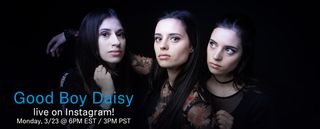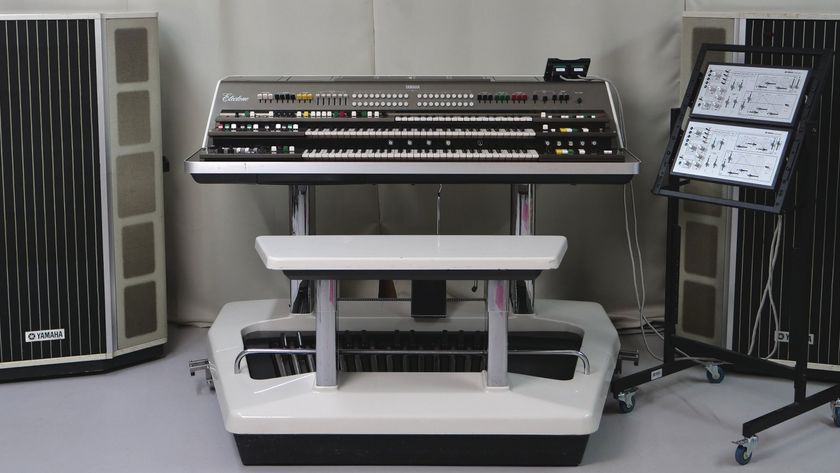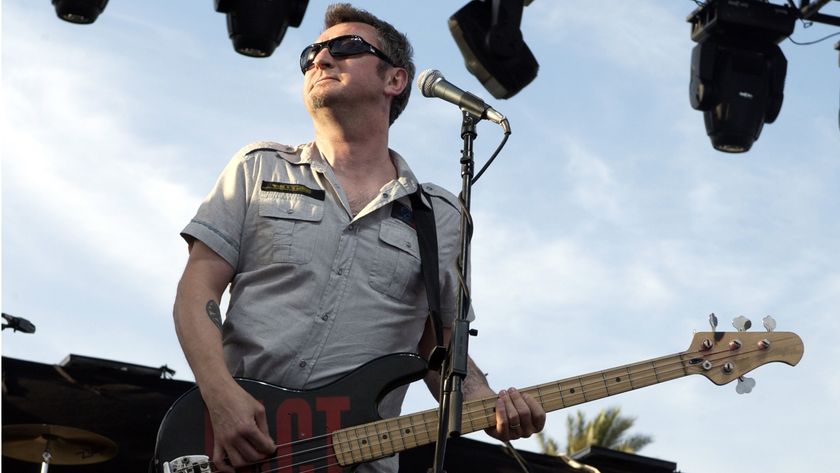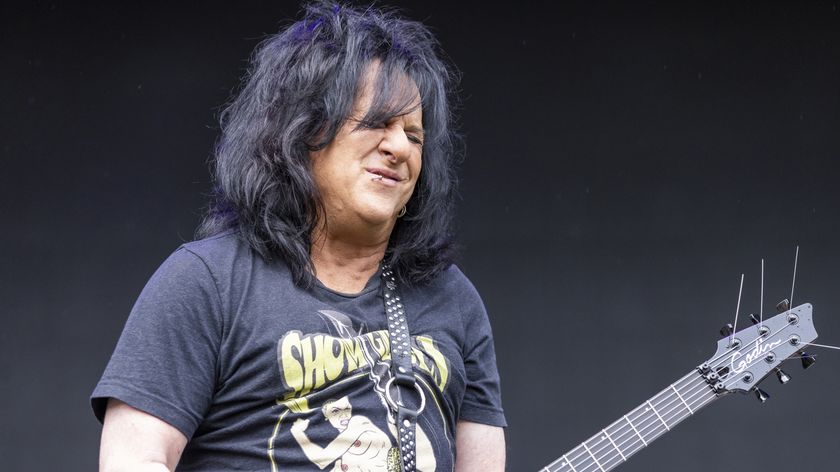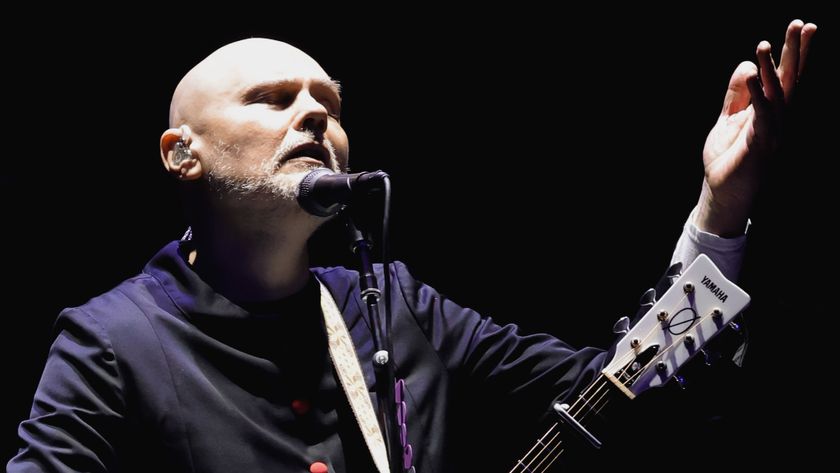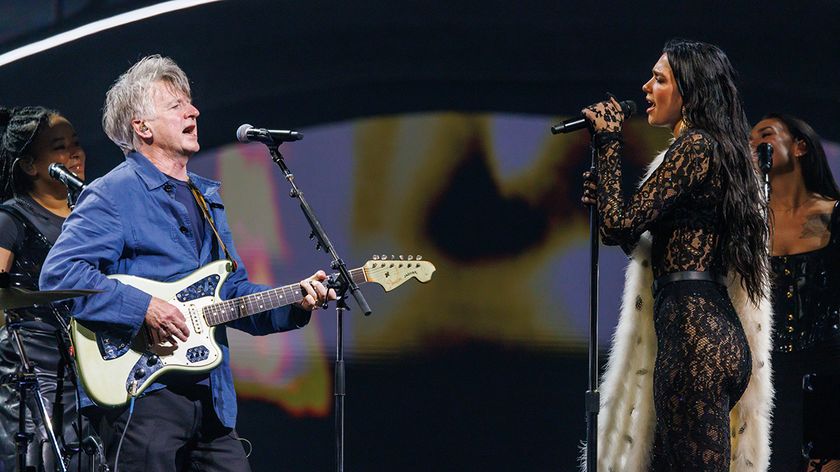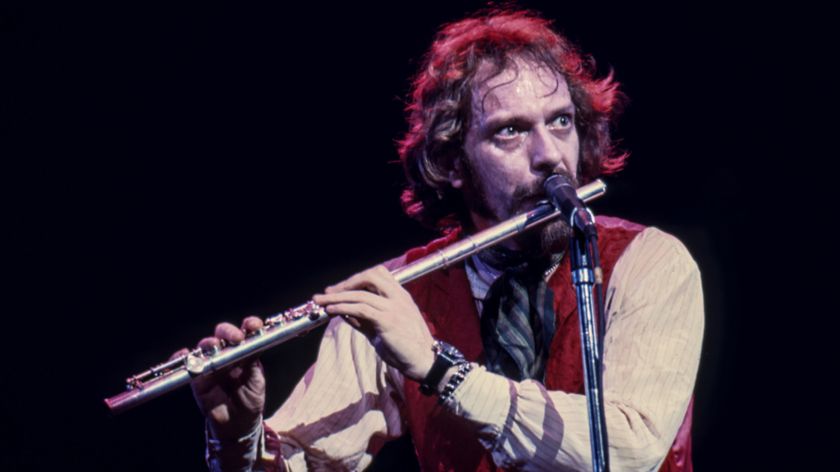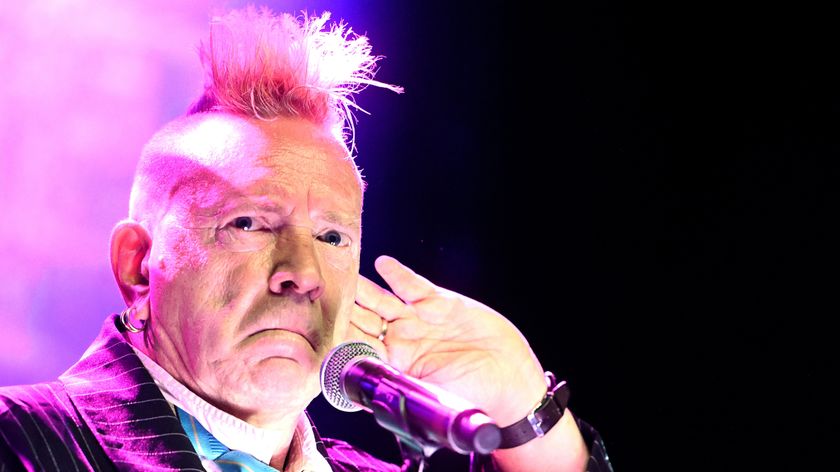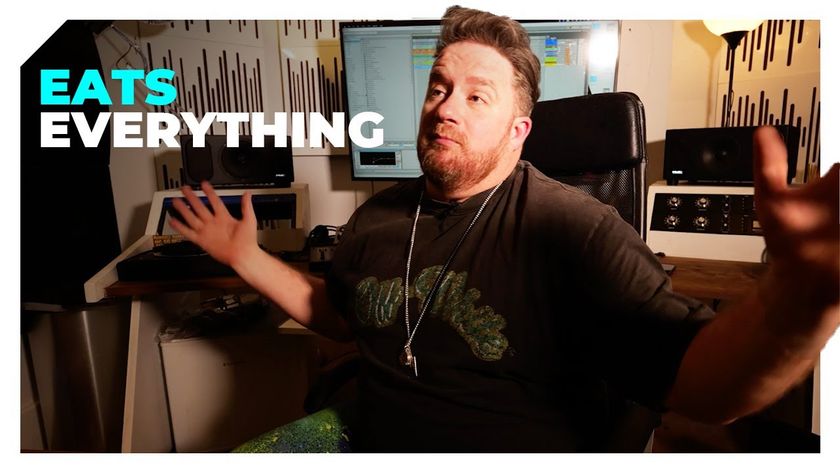Stream out loud: how the music industry is adapting to 'the new normal'
Online experiences are ramping up in the absence of live activity. We survey the leading platforms and trends
“Good evening, Facebook – are you ready to rock?!”
It sounds weird, but we may have to get used to cries like this at the start of a show. The perfect storm of pandemic, climate change and even terrorism is asking questions no professional touring artist or crew really wants to face: what is the future of live music in a dangerous world?
Facetime
Nobody seriously believes that the new generation of live-streamed, online gigs could ever replace the real thing. But this industry is nothing if not resourceful, and right now initiatives are springing up all over the world to take advantage of the technology that is rapidly developing to turn an internet connection into a front row seat.
The combination of robust social media platforms, plenty of bandwidth and – soon – object-based audio in earbuds and headphones could revolutionize how we interact with the stars we love.
Not that live streaming is a specific response to coronavirus. It’s been happening for quite a while, mostly as a natural spin-off from touring and broadcasting. Buy the merch if you’re there, maybe even a CD of the concert as you leave… but if you can’t be, follow the night on Instagram.
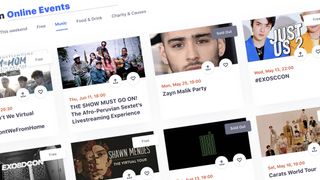
Eventbrite is one of the world’s leading event management companies and concert promoters, quite used to its punters holding their iPhones aloft and delivering the gigs, very amateurishly, to Facebook Live or YouTube.
Eventbrite’s advice to the industry, for a few years, has been to take ownership of this trend and to do it properly – for four main reasons: live streaming is advertising, and boosts ticket sales instead of damaging them; Facebook Live, for instance, notifies all registered followers, saves the video and shares with Instagram; the platforms engage audiences in various interactive ways, especially in making them feel closer – ironically – to the artist; and the quality of professional streaming far outstrips the haphazard immediacy of audience efforts and raises the commercial bar.
Get the MusicRadar Newsletter
Want all the hottest music and gear news, reviews, deals, features and more, direct to your inbox? Sign up here.
Naturally, boosting conventional ticket sales for your next event is irrelevant if there isn’t going to be one, except for one important caveat: maintaining a strong online presence remains the best preparation for the next time fans will be able to see you in the flesh.
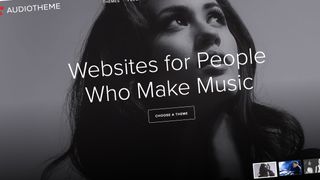
Audiotheme, a gig software and WordPress-powered web site specialist, goes one further and has been promoting to the industry the idea of setting up internet-only gigs, utilizing the same camera and audio technology but bypassing the touring schedule entirely.
Many have already seen this as a no-brainer adjunct to their regular life on the road but now, of course, the practice has taken on a whole new meaning.
Audiotheme recommends using bespoke online services, such as – until recently –Concert Window or Gigee Support, while warning that although the services are free they do take a percentage of the online revenue. But the organization also offers advice on DIY online shows, from virtual tip jars using PayPal to the importance of proper hosting and scheduling via your own website.
Bandwidth on the run
If you’ll forgive the expression, it’s catching on. Professional artists have taken to the web in force, with performances ranging from Coldplay’s Chris Martin delivering an impromptu cover of David Bowie’s Life On Mars and holding an ‘audience’ Q&A on Instagram Live; and Keith Urban streaming his performance to “an audience of one” – wife Nicole Kidman; to Christine & The Queens streaming nightly from a recording studio in Paris and punk singer Yungblud harnessing his ready-to-go entourage for a tour and, last minute, retreating to an LA location to stream the entire show with the declaration: “I can’t tour Europe so I’m touring social media.”
Other artists have organised fundraising gigs online to support other musicians and crew or writing and selling bespoke songs for devoted fans.
The promotional machine has responded with dedicated listings for virtual shows. Leading web site GigsGuide now devotes a significant part if its diaries to this new market, while The Guardian newspaper is typical in publishing a ‘Livestreaming Schedule’ of a huge range of arts events: interestingly, with experiences scheduled from London to Australia, the whole world is now on your cultural radar and the ‘local’ arts scene for an evening’s distraction is now the entire planet.
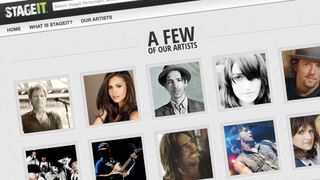
One of the leading online video concert systems is StageIt. Already used by artists ranging from Korn and Plain White Ts to Indigo Gorls, Jason Mraz and Trey Songz, StageIt makes a very clear statement about occupying the live cultural arena: no show is recorded or archived.
This makes every performance, as the company says, “a once-in-a-lifetime experience not to be missed”. The interactive dimension is exploited as much as possible too through Q&As, requests and fan-to-fan chatlines, and the artists get paid.
Virtual tickets are made available using a proprietary currency called ‘notes’, and other forms of payment are possible as charitable donations or virtual tips. Perhaps most tellingly, all that’s needed by performers and audiences alike is a laptop with an internet connection.
There is no limit to the location of all the participants, other than the imagination behind the staging of the gig and its backdrop. Who will stream the first gig from the top of Everest or, in due viral course, during two spins of The London Eye?
Tube stations
Other live streaming platforms have their own idiosyncrasies. Typically, one early pioneer, Busker, closed down under competition from bigger concerns – especially free-to-use portals like Periscope, YouNow and the aforementioned Facebook Live and YouTube.
Concert Window, however, also went under recently. In the small-gig community, thousands of musicians have been getting used to mounting a camera-plus-mic somewhere in the restaurant or pub to catch them in their best light and send proceedings to online followers.
Right now, in the current crisis, home studios and rehearsal spaces will perhaps be prepared under less pressure and with fewer compromises, if lacking the original ambience.
The economics of professional and semi-professional online gigs are still being worked out. According to YouTube, which shares a percentage of advertising revenue with streaming video rights holders, a fair estimate of artist profit for a sub-10-minute clip is about £1.70 for every 1,000 views; extrapolate this into live hits during a stream and the figures must be broadly similar, although it is still uncharted territory.
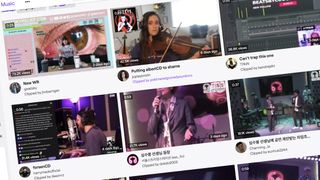
Elsewhere subscription is the model: Twitch, the platform for live-streamed gaming and other activities, and home of the ‘Cheering’ emoticon, is as open to musicians and promoters as it is to gaming interests.
Most industry observers agree that it represents nothing less than the next generation of broadcast, and something of a threat to establishment media like Sky and the BBC.
Professional audio itself has not been slow to recognize the opportunities. As an immediate response to coronavirus, German microphone manufacturer Sennheiser – lately very forward in its development of unified communications for the corporate environment – has launched an online gig campaign called ‘Don’t Stop The Music’.
Back in March, DJ and producer Mousse T performed via Sennheiser’s own Instagram account, kick-starting an interesting trend: sponsored live streaming to promote microphone and other pro audio technology in a way that combines artist citation and philanthropy without precedent.
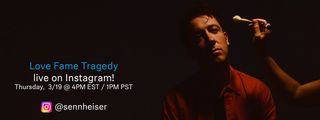
Meanwhile, support for professional production of internet-only concerts will only raise quality and strengthen its appeal. Reading-based PA, video and lighting hire company SFL has already added live streaming to its regular services and has published a guide to correct use of Open Broadcaster Software (OBS), the open source package it favours for live streaming applications.
OBS overlays several graphical and interactive features to enhance the stream, provided you are using SFL’s proprietary interface – an easy adjustment, whether dry or wet hire.

But another future may be suggested by SmartStage, a ‘mixed reality environment’ that has just been competed at White Light, based in Wimbledon, another high-profile entertainment lighting and AV service and equipment supplier.
SmartStage goes further than the traditional green screen studio by incorporating virtual content in an immersive AV set. Performers and presenters can interact much more naturally with supporting content, which can of course be drawn from any source, elevating the streaming experience from its typical solitary outreach to a far more engaging process.
At the moment, special access is being provided by White Light that ensures maximum hygiene and minimal contact for all users, who can be up and running with a live streaming event in a very short space of time. Such innovations may suggest a bit of sci-fi and a brave new world of cyborg singing, but this is a new world – brave or not.
The hope is that normal concert-going will get back on track as soon as possible, but when it does we may find that demand for solutions along these lines has been shown them to be tried, tested… and trusted.
